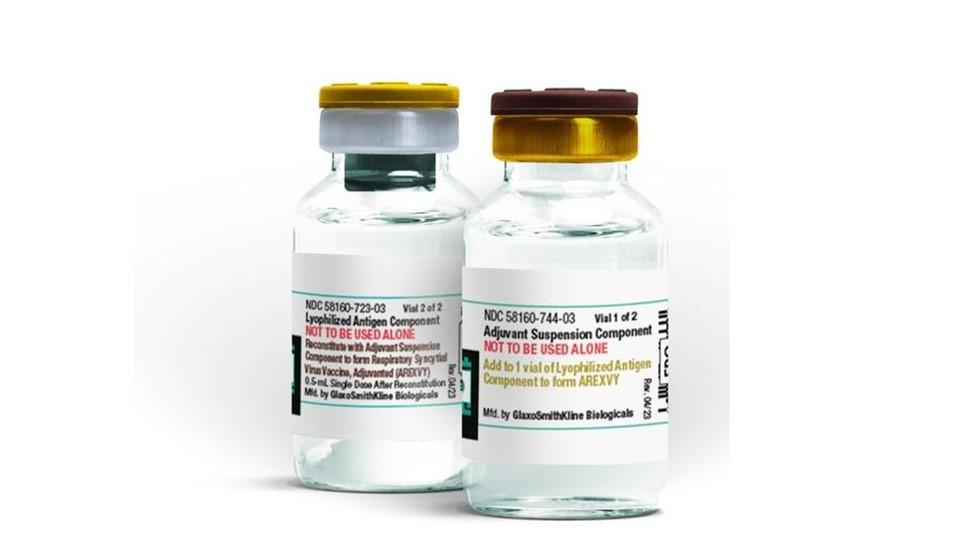Building partnerships through divestments

Cynthia Tso and Nigel Borshell
PharmaVentures
As our partnerships &, licensing focus month comes to an end, Cynthia Tso and Nigel Borshell explore a new emerging business model – building pharma partnerships through divestments.
Emerging business models in the pharmaceutical industry
Over the last decade, big pharma companies have faced up to the challenge of a changing business model. No longer can the blockbuster revenues from the market feed the pipeline or fund the expansion through merger and acquisition. The blockbuster model is not broken, however the productivity of the pipeline has faltered significantly such that there are no guarantees of replacement successes. In addition to M&,A, activities in supporting big pharma’s recent diversification strategy to de-risk future income streams, the divestment of corporate manufacturing and research facilities around the globe has been instrumental in shaping the industry’s current business model.
In a world of increasing pressure to maintain productivity and efficiency, the outsource suppliers – the contract manufacturing organizations (CMO) and clinical research organizations (CRO) – are better able to leverage their ‘neutral’ capacity to drive down costs. Unless you absolutely need to do it yourself, then it is often more cost effective to outsource. According to MedTRACK Deals and Alliance database, over three quarters of divestment deals completed by the top 10 pharma companies during 2007-2011 focused on manufacturing facilities.
 ,
"...over three quarters of divestment deals completed by the top 10 pharma companies during 2007-2011 focused on manufacturing facilities."
 ,
Sell, selling, sold. What’s next?
A common divestment strategy of big pharma is to sell their manufacturing assets to a third party with whom they would also enter into a supply contract to manufacture the drugs being made in those facilities. Long term supply contracts, typically 5 years or more, are vital inducements for buyers as they provide the financial buffer until buyers are able to increase profitability by bringing in additional manufacturing contracts. From our experience in managing the divestment process of manufacturing facilities on behalf of several big pharma companies, potential buyer groups can be categorized into three defined sectors – CMO, pharmaceutical companies and Private Equity (PE) firms. CMO is the biggest group looking to buy manufacturing assets, whilst pharma and PE firms are becoming more prominent seekers of such assets since 2010. CMO and pharma groups are looking for assets that align with their strategic needs, such as differentiation through acquiring proprietary technologies or more sophisticated production or formulation capabilities. Often times, the acquisitions of these tangible assets by CMO were translated into strong strategic partnerships with the sell-side big pharma to unlock synergies between their businesses.
Turning tangible assets into long-lasting relationships
Aesica Pharmaceuticals, a UK-based CMO, won the 7th Annual European Outsourcing Awards in 2012 for ‘Best New Partnership / Acquisition’ following the successful acquisition and integration of three different manufacturing sites, in Germany and Italy, from the Belgian biopharma company UCB, a deal in which PharmaVentures acted as UCB’s advisors. The acquisition enabled both companies to concentrate on their growth areas and included a strategic partnership guaranteeing a secure pipeline of work and job security for staff. Under the agreement, Aesica will now supply one-third of UCB’s products from the three sites and will also develop new business streams. In the year since the facilities were acquired, Aesica has been able to increase productivity across all sites and has delivered significant growth with the addition of twelve new clients.
 ,
"Long term supply contracts, typically 5 years or more, are vital inducements for buyers..."
 ,
Simon Clough, Managing Director of Formulated Products at Aesica, and a key figure in the successful integration process, commented:
“Another landmark element of these deals was the strategic partnership entered into with UCB for guaranteed long-term supply agreements. This has provided UCB continuity of product and enabled Aesica to build up the sites’ capacity from a secure base. It has rightly been identified as a benchmark acquisition and we will look to use the same model and strategy in the next few years to continue our exponential growth stage.”
Interestingly, some non-traditional life sciences companies also exploit the same principle as part of a push to expand in promising pharmaceutical markets, such as biologics and biosimilars. A recent divestment worthy of note was the US$ 490 million deal for the sale of Merck BioManufacturing Network, one of the world’s leading biopharmaceutical CMOs, to Fujifilm Corporation last year. The acquisition included two manufacturing facilities in the United States and the United Kingdom, and allowed Fujifilm to position itself in the biosimilars market, which is set to boom in coming years. In the sale agreement, Merck has committed to purchase certain development and manufacturing services at fair value from Fujifilm over a three-year period following the closing of the transaction. Merck mentioned in a statement that it will become one of Fujifilm’s key customers and will continue to benefit from the expertise and experience of the combined businesses in biologics development and manufacturing.
Innovative partnership to drive R&,D productivity
Outsourcing R&,D is an increasingly explored corporate strategy and often comes with the elimination of large R&,D operations and workforces to allow for a lower and more flexible cost base. While site closure and redundancy are inevitable in some cases, opportunities exist for big pharma in divesting R&,D facilities to a CRO, and if executed adeptly, the divestments can evolve into valuable strategic partnerships.
 ,
"...opportunities exist for big pharma in divesting R&,D facilities to a CRO..."
 ,
As described by the judges of the Scrip’s Outsourcing Deal of the Year 2011, the award-winning 10-year partnership between Sanofi and Covance was “one of the largest and most comprehensive R&,D alliances in the history of the pharmaceutical and CRO industry”. PharmaVentures acted as brokers in the deal on behalf of Sanofi. The partnership not only preserves hundreds of valuable jobs on-site, but it also blends scientific innovation, financial flexibility and operational efficiencies to foster more collaborative and productive scientific innovations and reduces the time and cost of drug development. Under the terms of the agreement, Sanofi retains access to some of the capabilities that were divested to Covance as part of the long-term strategic alliance, and it will utilise Covance's global R&,D portfolio of discovery support, toxicology, chemistry, clinical Phase I-IV, central laboratory and market access services. The deal also includes annual commitments for these services increasing over the next decade, plus a 10-year sole-source relationship for central laboratory services. Covance chief executive Joe Herring said the deal represents "another win-win solution to the R&,D productivity challenges facing the pharmaceutical industry and provides Covance with a unique source of growth".
A happy ending
Whilst stripping out R&,D and manufacturing facilities is traditionally viewed as a prominent cost-cutting strategy for big pharma in the current economic downturn, it also presents opportunities for crafting long-term partnerships that help preserve valuable workforces and drive overall operational efficiencies for the benefit of the patients.
 ,
 ,
About the authors:
Cynthia Tso, Corporate Advisory team
Cynthia Tso has considerable expertise in state-or-the-art biophysical techniques employed in drug discovery and development. After completing a BSc in Biochemistry at Imperial College London, she pursued doctoral studies at the University of Oxford with focus on structure-based drug design to identify novel small molecule inhibitors for rheumatoid arthritis.
Cynthia works within the Corporate Advisory team at PharmaVentures, to provide support in developing commercialization strategy for emerging medical technologies, as well as the divestment of manufacturing sites for global pharmaceutical companies.
Nigel Borshell, Vice President
Nigel Borshell has over 30 years experience in Life Sciences including senior international corporate commercial management roles at Syntex, Hoechst, and Dade Behring, and as European Business Development Director for California based Cepheid Inc. Nigel is the author of numerous Pharmaceutica / Biotech Industry reports, papers and articles.
Nigel is a Vice President at PharmaVentures and specializes in valuation methodologies, deal structure modelling, and major pharmaceutical site divestment projects.
PharmaVentures, Florey House, Oxford Science Park, Oxford OX4 4GP, United Kingdom
+44 (0) 1865 332 700
cynthia.tso@pharmaventures.com
nigel.borshell@pharmaventures.com
How can pharma build partnerships through divestments?












